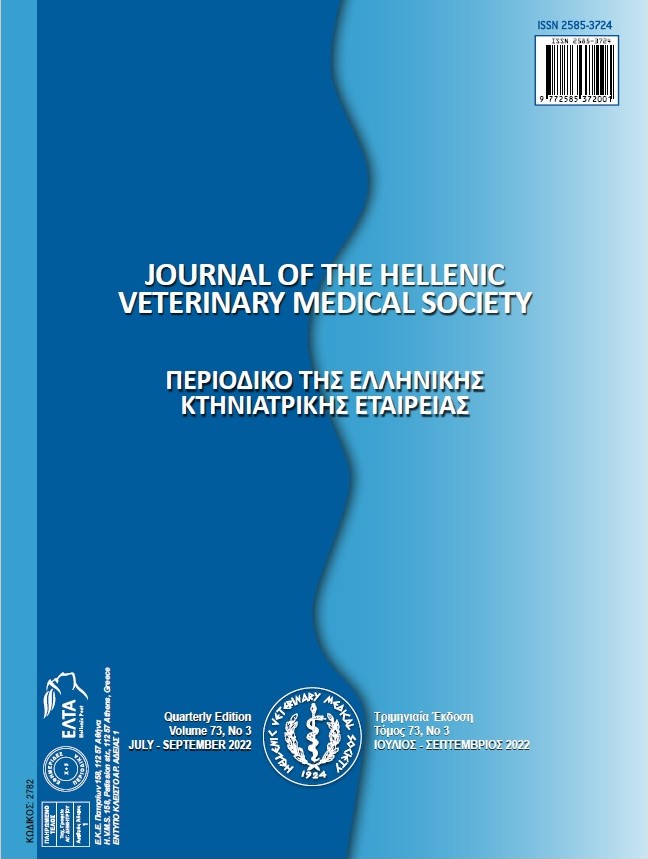Effects of different temperatures on the quality characteristics of turkey sausage and changes during storage time

Аннотация
This research aims to establish the effects of different heat treatment temperatures applied to turkey sausages on the physicochemical, microbiological, and textural features of the product and biogenic amine formation during heat treatment and storage. To this end, three different internal temperatures were applied to turkey sausages fermented for 3 days at 23oC and relative humidity (85%±1). The product’s lactic acid bacteria (LAB), Micrococcus/Staphylococcus growth, pH, residual nitrite, 2-thiobarbituric acid reactive substances (TBARS) and biogenic amine (tyramine, histamine, putrescine, cadaverine, spermidine and spermine) formation were analyzed during heat treatment and storage (18 oC, 20 days). Different internal temperature applications affected LAB growth, residual nitrite, and biogenic amine formation (P<0.05). While LAB, Micrococcus/Staphylococcus growth and residual nitrite values decreased significantly during storage (P<0.05), the amounts of biogenic amines, other than spermidine, increased. Furthermore, no difference was detected in pH and TBARS values (P> 0.05). The interaction of different internal temperature applications and storage times affected only LAB and biogenic amine amounts. As a result of the study, increasing internal temperature applications caused significant changes in the quality characteristics of turkey sausage during the storage period. Although the LAB values decreased with the increase in the internal temperatures, the biogenic amine amounts during storage increased with increasing internal temperature application. Therefore, heat treatment at 62oC for 5 min is the most suitable method to be used for turkey sausage.
Article Details
- Как цитировать
-
Sezer, Y. (2022). Effects of different temperatures on the quality characteristics of turkey sausage and changes during storage time. Journal of the Hellenic Veterinary Medical Society, 73(3), 4433–4440. https://doi.org/10.12681/jhvms.27298
- Выпуск
- Том 73 № 3 (2022)
- Раздел
- Research Articles

Это произведение доступно по лицензии Creative Commons «Attribution-NonCommercial» («Атрибуция — Некоммерческое использование») 4.0 Всемирная.
Authors who publish with this journal agree to the following terms:
· Authors retain copyright and grant the journal right of first publication with the work simultaneously licensed under a Creative Commons Attribution Non-Commercial License that allows others to share the work with an acknowledgement of the work's authorship and initial publication in this journal.
· Authors are able to enter into separate, additional contractual arrangements for the non-exclusive distribution of the journal's published version of the work (e.g. post it to an institutional repository or publish it in a book), with an acknowledgement of its initial publication in this journal.
· Authors are permitted and encouraged to post their work online (preferably in institutional repositories or on their website) prior to and during the submission process, as it can lead to productive exchanges, as well as earlier and greater citation of published work.


